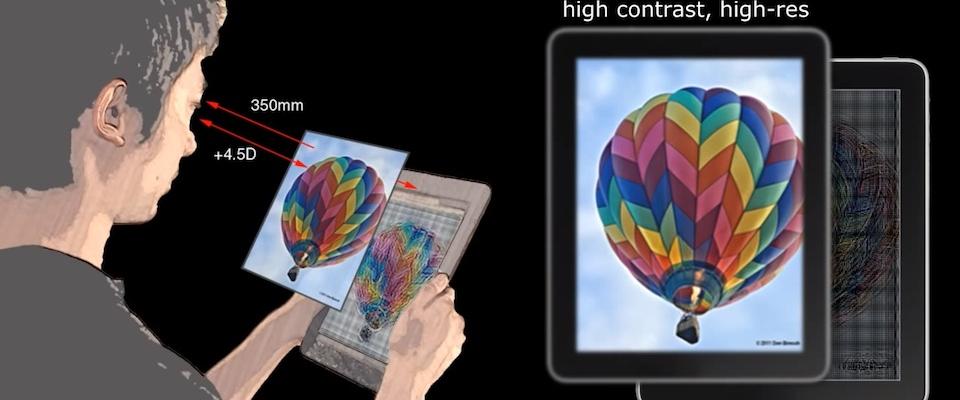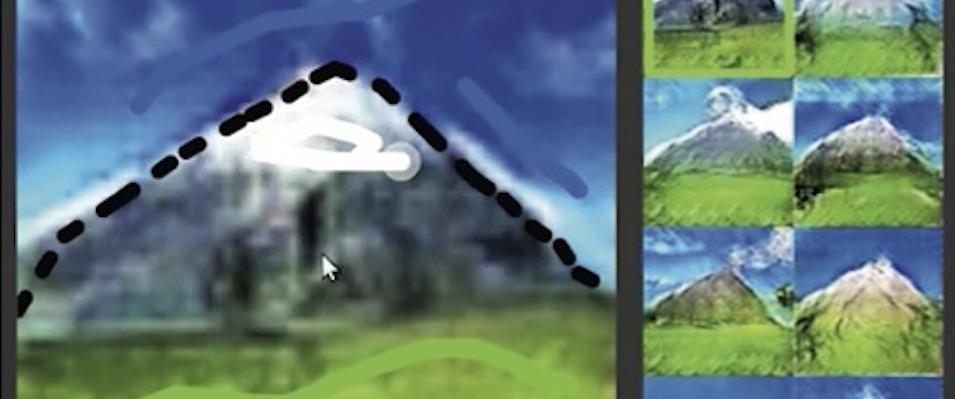That’s one small step for man, one giant leap for the burgeoning field of image forensics.
Thanks to a new technique developed by computer scientists at UC Berkeley and Dartmouth College, it’s now going to be that much trickier to convincingly doctor a photograph. Putting the unbending rules of physics and geometry to computer code,
Berkeley’s James O’Brien and Dartmouth’s Eric Kee and Hany Farid have developed software that can scrutinize the shadows within a picture and determine if they are consistent with one another and with a single light source. Sadly for conspiracy theorists the world over, the team has already applied this new technique to an image of the 1969 Apollo moon landing. We’re afraid it checks out.
The moon landing isn’t the only image that the new software was set upon. Using a still shot from one GEICO insurance commercial, the algorithm was able to pick apart the ad’s inconsistent shadow configuration.
Watch the commercial here. While the shade cast off the chimney and dormer windows of the suburban house are physically consistent with those splotched across the clothing of the couple in the driveway, the program made easy work of the advertisement’s pernicious fakery by showing that the shadows on the 5 year old, shown jumping 9 feet into the air to dunk a basketball, were, geometrically speaking, entirely implausible.
In related news, sources suggest that GEICO’s mascot isn’t a real gecko either.
Warriors-worthy kindergartners aside, these tricks of light and shadow can be surprisingly difficult to detect. Especially where lit objects are irregularly shaped and cast their shadows onto uneven surfaces, most people are simply unable to process the geometric contradictions. In the face of so much information, they will simply believe what they see.
“Such limitations of the visual system imply that a forger may overlook inconsistencies in lighting and shadowing, and a visual inspection of shadows will, at best, be highly subjective,” the three authors write in a report about their new method.
This new shadow technique is not the first time that Berkeley’s O’Brien and Dartmouth’s Farid have tried to remove that subjectivity from photographic truth-seeking. In the spring of last year, we ran a story about a similar algorithm that the two image forensics experts cooked up that identified where reflections—in mirrors, windows, and pools of water—ought to be.
These methods could, of course, be reverse-engineered by a sophisticated forger (take heart, Apollo hoaxers). But coupled with other image forensic techniques, O’Brien, Farid, and Kee write, this program will make truly convincing fakes—the kind that result in the “undermining of trust in photographs [which] impacts law enforcement, national security, the media, advertising, e-commerce, and more”—increasingly difficult to pull off.
As for what really happened to JFK, the three authors have yet to weigh in.
—Ben Christopher




















